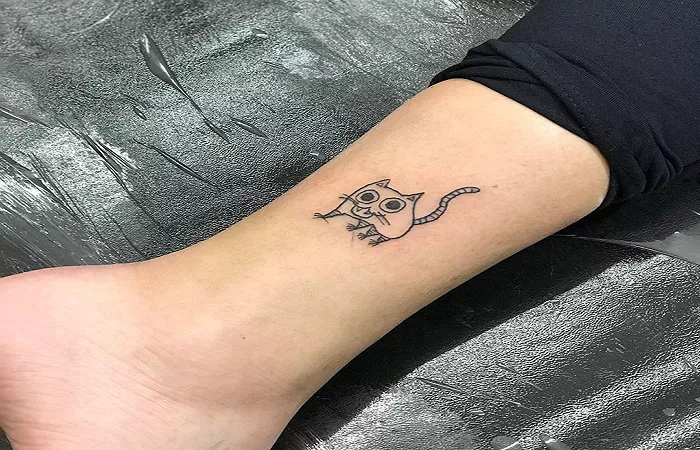Apple is now looking to generative AI (genAI) as the next frontier in its already high-stakes custom chip design efforts. According to Johny Srouji, Apple’s senior VP of hardware technologies, the company is exploring how genAI could accelerate and optimize chip development, potentially making their process faster and more efficient.
AI Meets Chip Design
In a recent speech in Belgium, Srouji highlighted the critical role of electronic design automation (EDA) tools in chip engineering—a space where automation has long been key to managing the extreme complexity of semiconductor design. He believes that genAI could supercharge this process, allowing engineers to handle more tasks in less time and reduce time-to-market for advanced chips.
From A4 to Apple Silicon
Srouji also reflected on Apple’s decision to transition away from Intel and toward its own Apple Silicon chips in 2020—a move he called a “huge bet” made without a contingency plan. That bet has since paid off, as Apple’s in-house silicon now powers Macs, iPads, and new platforms like the Vision Pro headset.
Apple’s chip design journey began with the A4 chip in 2010 and has since evolved into a world-class silicon program, giving the company tighter integration between hardware and software.
The Bigger Picture
Apple’s interest in using genAI for chip design echoes a broader trend in the semiconductor industry. Competitors like Nvidia, Intel, and Synopsys have all begun experimenting with AI models to automate layout, power optimization, and even verification. If successful, AI-enhanced design tools could shrink the years-long process of designing next-gen chips into significantly shorter development cycles.
What’s Next?
While Apple has yet to reveal specific tools or timelines, Srouji’s comments signal that AI will play an increasingly central role in Apple’s hardware innovation pipeline. As chips become even more complex, leveraging AI could be Apple’s key to maintaining its performance and efficiency edge in an era of rapid technological change.
Related topics:

